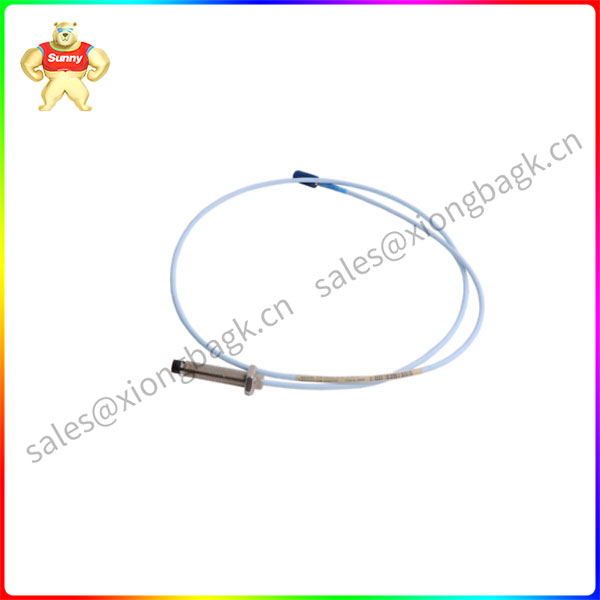ABB launches the “Equation of the Energy Transition” series – The Water Industry Report (Chinese version), showing how automation and digitalization can help wastewater treatment companies reduce carbon emissions by up to 2,000 tons per year
According to research conducted by ABB, achieving the UN water targets by 2030 will require an additional 8.56 billion cubic meters of wastewater treatment capacity and an additional investment in 469 wastewater treatment facilities
Early integration of technologies to improve wastewater treatment efficiency is a top priority
Zurich, Switzerland, March 21, 2023 – ABB today released the first report in its Energy Transition Equation series – the Water Industry Report (Chinese version). The report highlights the huge role that technology can play in reducing carbon emissions in the water sector and implementing the energy transition to achieve the Sustainable Development Goals. In addition, research conducted by ABB shows that to meet the UN water goals, the world needs to add 8.56 billion cubic meters of wastewater treatment capacity and invest in an additional 469 wastewater treatment facilities each year. This is according to an independent study conducted by ABB ahead of World Water Day on March 22, 2023.
As the United Nations prepares to report on progress towards its Sustainable Development Goals (SDGS), ABB has focused on SDG target 6.3. SDG 6.3 aims to improve water quality by 2030 by reducing pollution, eliminating waste dumping, minimizing the discharge of hazardous chemicals and materials, halving the proportion of untreated wastewater, and substantially increasing global waste recovery and safe reuse. UN data also shows that around 2.2 billion people worldwide do not have access to safe drinking water and nearly 4.2 billion people do not have access to safe sanitation.
However, wastewater treatment requires a lot of energy, and the entire wastewater treatment industry consumes approximately 3% of total global energy output and produces more than 1.5% of global greenhouse gas emissions.
“This study shows that we still need to do more to help meet UN water targets and accelerate the solution to water scarcity.” Brandon Spencer, president of ABB’s energy industry. “But meeting wastewater targets needs to be as energy efficient as possible to achieve sustainable development.” Technology will play a key role in this.”
While increasing wastewater treatment capacity is a priority, it is also critical to integrate technology early to improve plant efficiency. ABB’s automation, electrification and digitalization solutions are helping to monitor, analyze and manage wastewater 
The research group Development Economics, which has more than 20 years of research experience, used the same data as the UN to assess what specific measures were needed. With the 50 million liters per day wastewater treatment plant as the reference line, an additional 469 wastewater treatment facilities – equivalent to 3.4 million Olympic swimming pools – would need to be built each year.
A 2021 assessment report on wastewater collection, treatment and reuse highlights the challenges facing the UN’s SDG goal 6.3. The United Nations used the study to conclude that 48% or 171.3 billion cubic meters of wastewater is not collected or treated each year. To achieve SDG target 6.3, which aims to halve the proportion of untreated wastewater by 2030, these two figures need to be reduced to 24% and 85.65 billion cubic metres.
ABB’s “Energy Transition Equation” report analyzes how to optimize wastewater use and ease pressure on water supplies through better integration of automation and digital technologies:
Wastewater treatment plants can reduce carbon emissions by up to 2,000 tons per year
There are more than 50,000 wastewater treatment plants worldwide with the potential to reduce emissions by more than 100 million tons of CO2 per year
By applying automation and digital solutions, water companies can reduce carbon emissions and save up to $1.2 million in operating expenses per plant per year
 中文版
中文版




